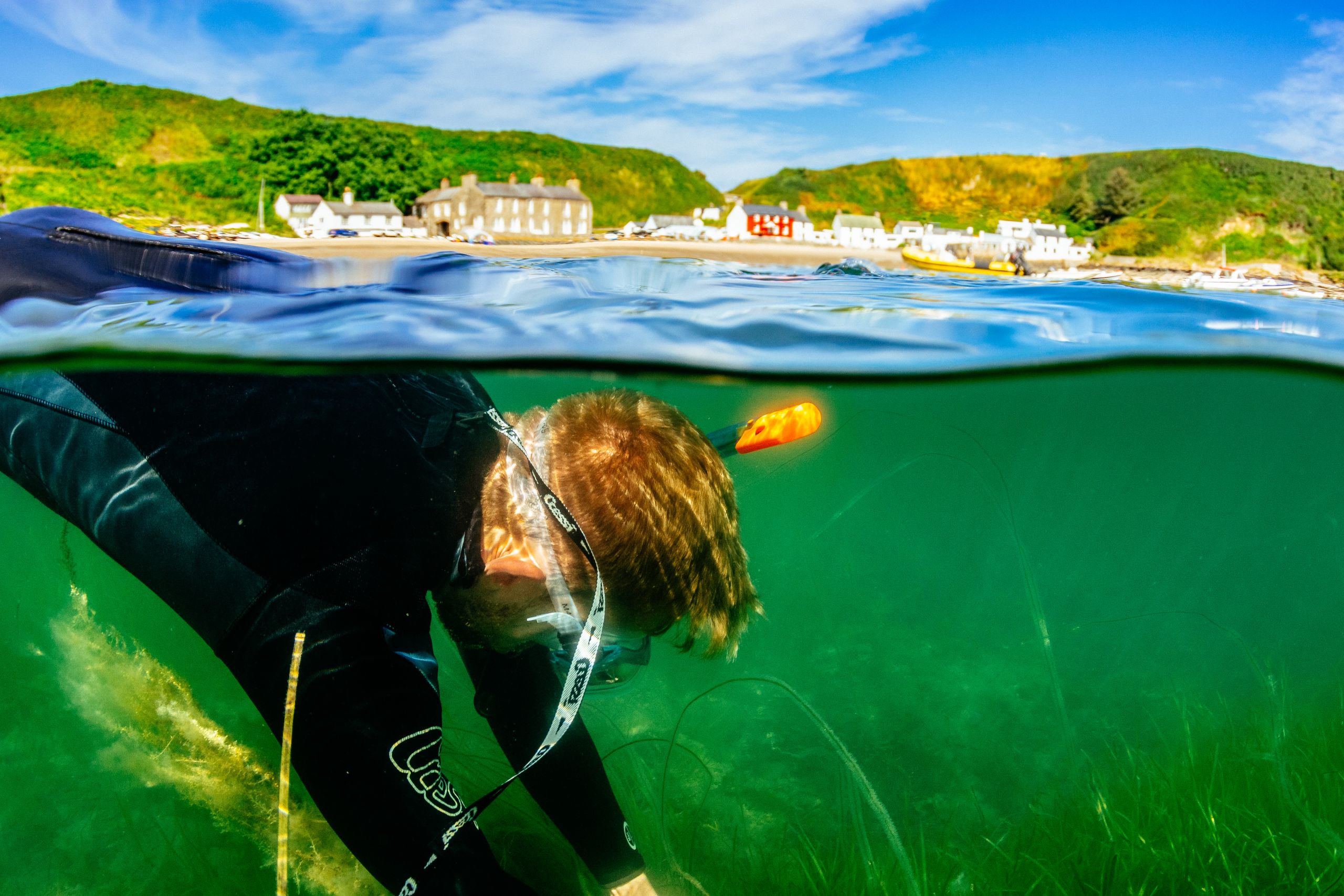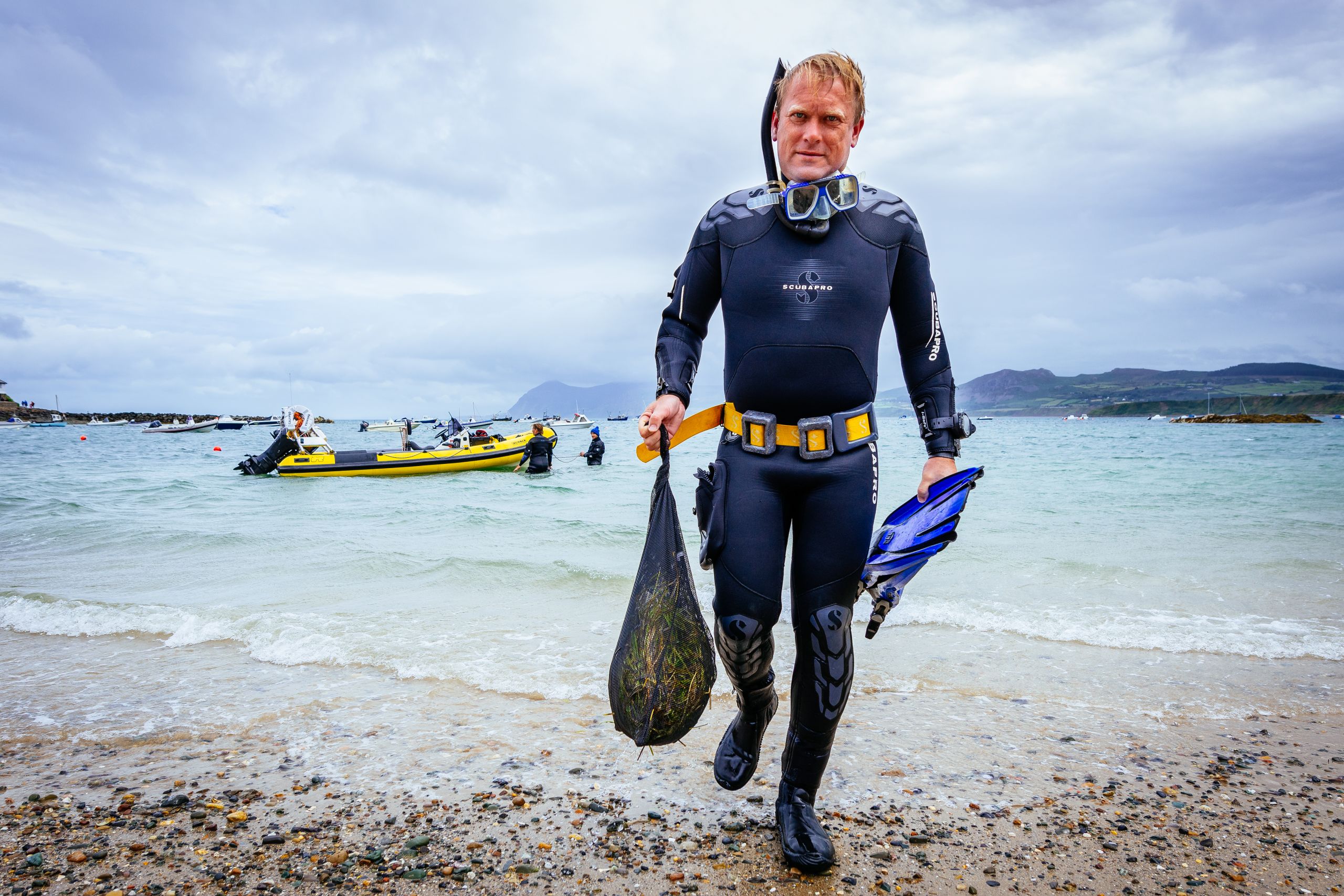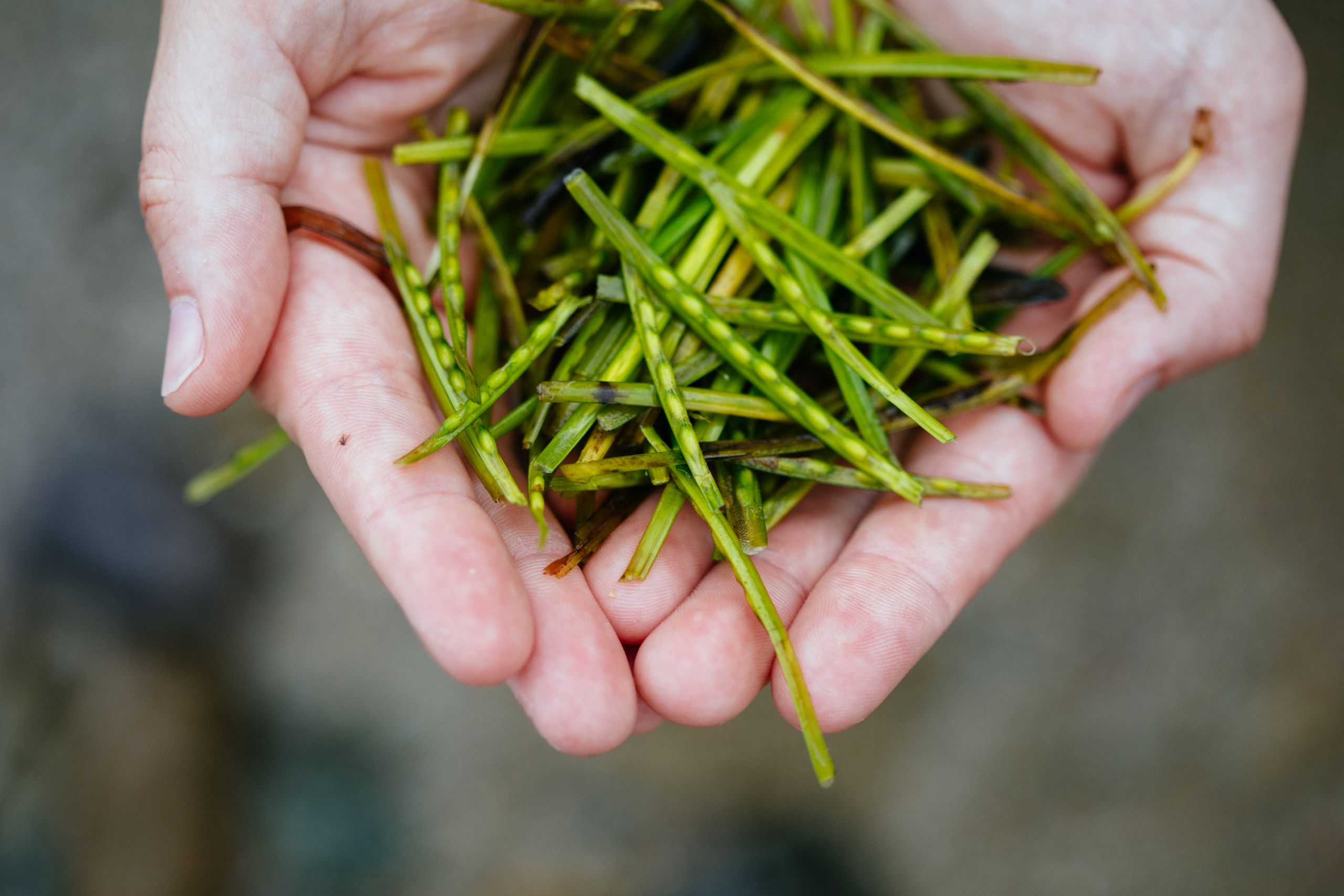How a flowering marine wonder-plant is fighting global warming

As the world is in the midst of a climate emergency, urgency of action is imperative for safeguarding future generations. This means that the pursuit of many different means of reducing carbon emissions and enhancing long term carbon storage has never been more important. And seagrass, once the unsung hero of the ocean, is fast becoming the key to future-proofing the planet.
Seagrass grows in large, lush underwater meadows and is home to a myriad of marine life species. However this beautiful marine plant also has the ability to capture carbon from the atmosphere up to 35 times faster than tropical rainforests and is proving itself to be vital in the fight-back against global warming.
While overlooked in the past, seagrass conservation and restoration is now part of the discussion around so-called ‘nature-based solutions’ and is incorporated into the Intergovernmental Panel on Climate Change (IPCC) assessment. Its preservation will form part of the ocean’s role in halting climate change, and, according to Dr Richard Unsworth of Swansea University, it is more important than ever that the tools are available to do this job.
Seagrass research at Swansea
Dr Unsworth, along with his team at Swansea University’s College of Science, is developing methods that are enhancing both seagrass conservation and restoration, which will help meet these global challenges.
Dr Unsworth, who is a founding director of the conservation charity Project Seagrass, a technical advisor on seagrass to the Convention of Migratory Species and a member of the UN International Seagrass Experts Network, has expertise in the ecological functioning of seagrass ecosystems and their value for the supply of ecosystem services including global food security.
He says, “Our oceans are in a perilous state. Centuries of industrialisation, overexploitation and insufficient policies have left many areas barren. In the UK alone we have lost an area of seagrass the size of 47,000 soccer pitches, resulting in coastal environments that are often lifeless.
“These once extensive coastal areas covered in underwater plants supported a fifth of the world’s biggest fisheries, including Atlantic cod. They promoted biodiversity and helped to nurture the young fish that British fishing fleets depended on to keep fish stocks healthy. Once degraded, these former seagrass environments provide insufficient food and shelter for young fish, and cease to support the rejuvenation of our depleted fish stocks. Importantly these areas also then became a source rather than a sink for carbon and fail to protect our coastline from flooding and erosion.”
In the face of such challenges, it is difficult to see what can be done to halt and reverse the gigantic and widespread historic loss of these habitats - not only around the UK, but globally. However, Dr Unsworth and his team are seizing one significant opportunity – to invest in the restoration of seagrass at scale. This creates critical fishery habitats for more sustainable coastal livelihoods and helps combat a changing climate.

Video Credit: Lewis Jefferies, WWF-UK
Video Credit: Lewis Jefferies, WWF-UK
Collaboration
“We have been working with a range of organisations to develop tools that are sufficient for such scaling up,” says Dr Unsworth. “Working with Project Seagrass, Sky Ocean Rescue and WWF, and collaborating with local communities and UK Government, we have created a living exhibition of our solution to restore seagrass by planting 2 hectare meadows, which has also enabled coastal communities to become custodians of this created habitat.
“Nevertheless, these 2 hectares of seagrass are only the start, and by building on the great progress made by scientists in the US, we’re working on upscaling seagrass restoration methods to be suitable for tens and hopefully hundreds of hectares of seagrass restoration. This includes enhancing the automation of methods and using next generation sequencing to analyse and understand the microbial associations that seagrass have to enable life in an otherwise harsh environment.”
In collaboration with partners at Project Seagrass, Cardiff University and the Convention for Migratory Species (CMS), Swansea University not only works towards restoring seagrass meadows, but also wants to educate people about their importance and develop strategies for their conservation. Such work includes the development of new tools for valuation of seagrass ecosystem services in a new project spanning 5 countries across the Indo-Pacific region and the creation of a global citizen science programme.

The star quality of seagrass
Dr Unsworth says, “We do this work in the hope that the seagrass meadows we have remaining will also be cherished by society in the long term. Because they are the green habitats of the sea, with all the life hidden in them rather than on show, they are not often well recognized and suffer from a charisma crisis.
“However at Swansea University we recognized the star quality of seagrass. We have a passionate and growing expertise in seagrass ecosystem science and want to open this up for greater collaboration with partners and funders keen to get involved with conserving and restoring a wonder of the ocean so future generations can benefits from the same resources we do.”

Photo Credit: Lewis Jefferies, WWF-UK
Photo Credit: Lewis Jefferies, WWF-UK


